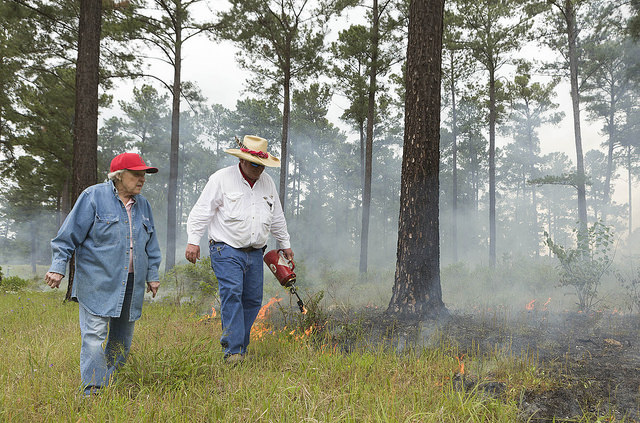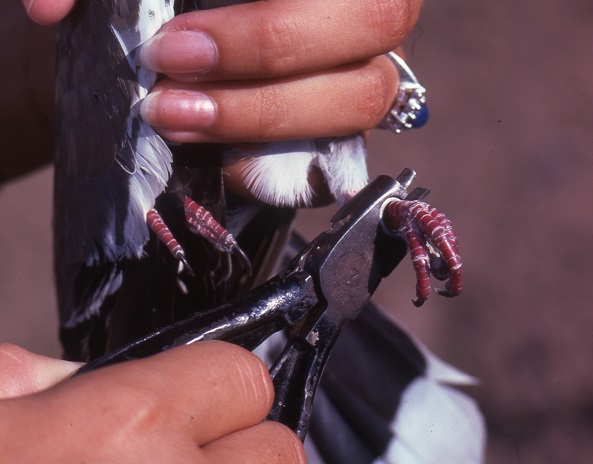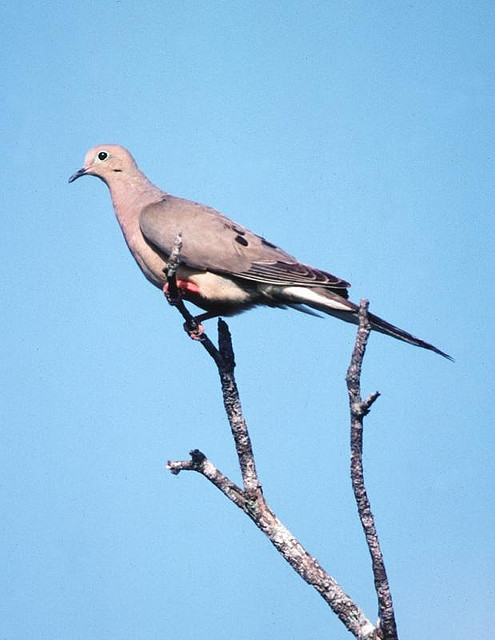Conservation: Lone Star Land Stewards
Thursday, September 18th, 2014This is Passport to Texas
The key to healthy habitat and wildlife populations rests in the hands of landowners. In Texas, we honor their skillful management.
09—Lone Star Land Steward is an award program where we recognize those landowners in Texas who are doing an exemplary job of managing their habitats and their wildlife.
Linda Campbell oversees the state’s Private Lands and Public Hunting programs.
13—We have all kinds of focus on these landowners. We have a great diversity of people. We have a regional award for each of the ten eco-regions. And then we have an overall award, the Leopold Conservation Award, for the overall statewide land steward.
Nominations for the awards opened June first, and will continue until the end of November.
23—Nominations can come from the landowners themselves, or those that assist them. We will take nominations from any member of the public. All of those nominations are evaluated, and we do site visited on those. We just want to make sure that we hold up those who are doing such an excellent job managing the resources of Texas.
Find nomination forms on the Texas Parks and Wildlife website.
The Wildlife and Sport Fish Restoration Program supports our series…and funds the Private Lands and Public Hunting programs.
For Texas Parks and Wildlife…I’m Cecilia Nasti.






 Passport to Texas is a
Passport to Texas is a  Passport to Texas is made available by:
Passport to Texas is made available by: